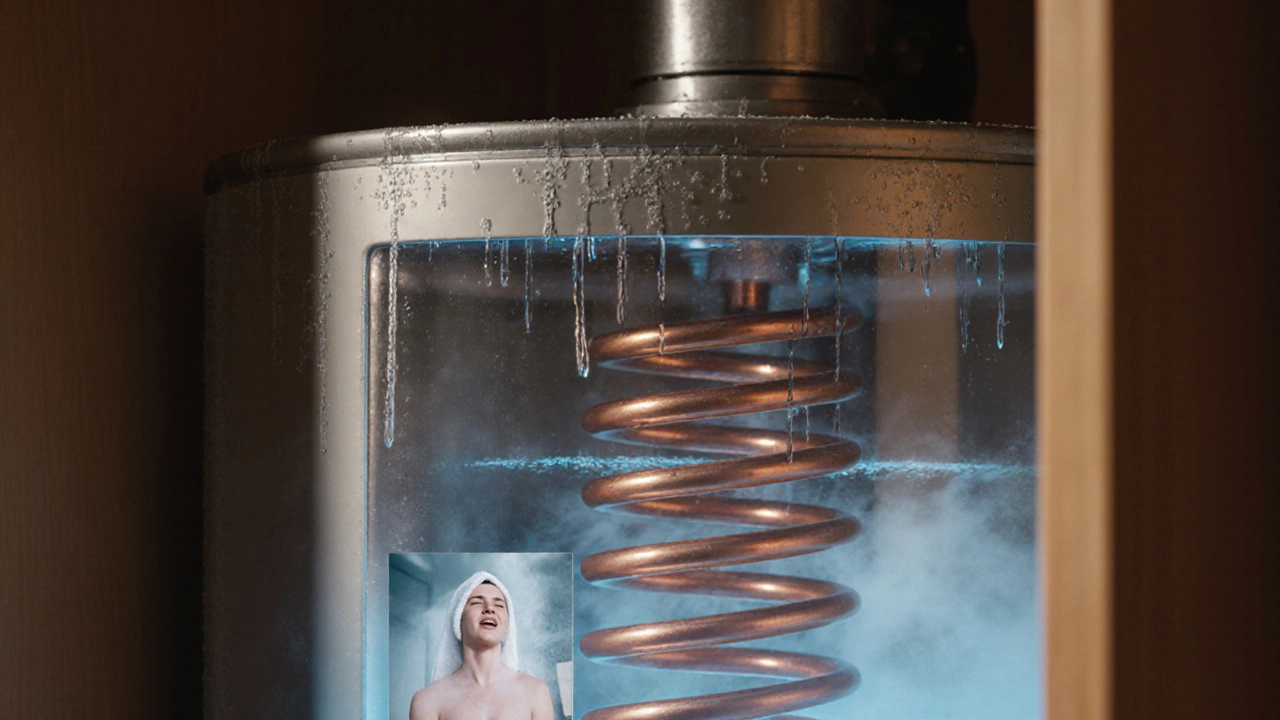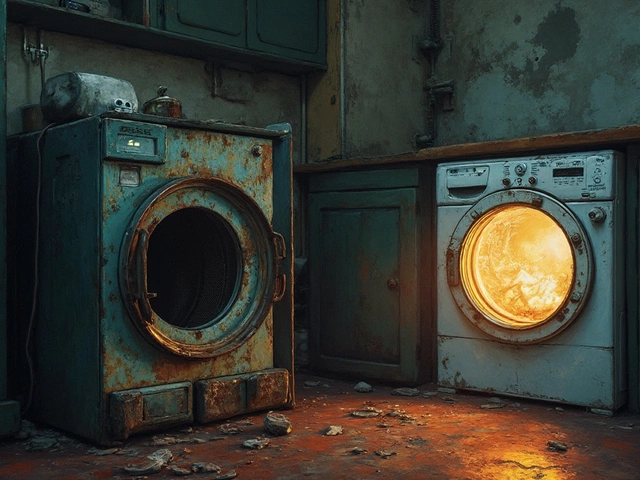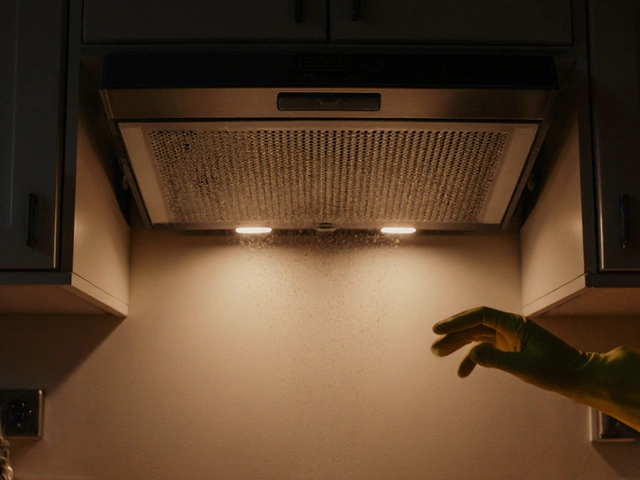Hot Water Heater Element Tester
Element Diagnosis Tool
Enter your multimeter reading to determine if your hot water heater element is functioning properly.
Enter your measurements to get results.
Got lukewarm showers and wondering why your hot water isn’t heating up? Most of the time the culprit is the hot water heater element. It’s the piece that actually turns electricity into heat, so when it fails you feel the impact right away. This guide walks you through every sign of a bad element, how to test it safely, and when it’s time to swap it out.
What a Hot Water Heater Element Does
Inside an electric water heater is a resistive coil that heats the water as electricity passes through it. The element is usually made of copper or stainless steel and is immersed in the tank’s water. When the thermostat calls for heat, the element receives power and generates heat through electrical resistance, raising the water temperature.
Typical Symptoms of a Failing Element
If the element starts to go bad, you’ll notice one or more of these clues:
- Water temperature stays below the set point, even after the heater runs for a while.
- Strange popping or sizzling noises coming from the tank.
- Visible rust, scale, or a burnt smell inside the tank.
- Frequent trips of the circuit breakerthe safety switch in your breaker panel that cuts power when current overloads occur.
- Higher than usual electricity bills with no change in hot‑water usage.
These signs don’t always mean the element is the only problem, but they’re a solid starting point for diagnosis.
Safety First - Turn Off Power and Drain the Tank
Before you touch anything, make sure the power is completely off. Flip the switch on the circuit breaker that feeds the heater, and double‑check with a non‑contact voltage tester. Next, shut off the cold‑water supply, open a hot‑water tap to relieve pressure, and drain a few gallons from the tank using the drain valve. This prevents hot water from spilling when you remove the element.
Step‑by‑Step: Testing the Element with a Multimeter
All you need is a basic multimetera handheld device that measures voltage, current, and resistance. Follow these steps:
- Set the multimeter to the lowest ohms (Ω) range - usually 200Ω.
- Disconnect the element’s wiring connectors. Take a photo first so you can reconnect them correctly.
- Touch one probe to each terminal on the element. A healthy element typically reads between 10Ω and 30Ω, depending on its wattage.
- If the meter reads infinity (open circuit) or zero (short circuit), the element is bad and needs replacement.
- For extra confidence, check the element’s resistance against the manufacturer’s spec sheet - most 4500‑watt elements show about 10Ω.
While you’re at it, give the element’s body a quick continuity test to the tank’s metal. A reading of zero ohms indicates a grounding issue, which can cause the breaker to trip.
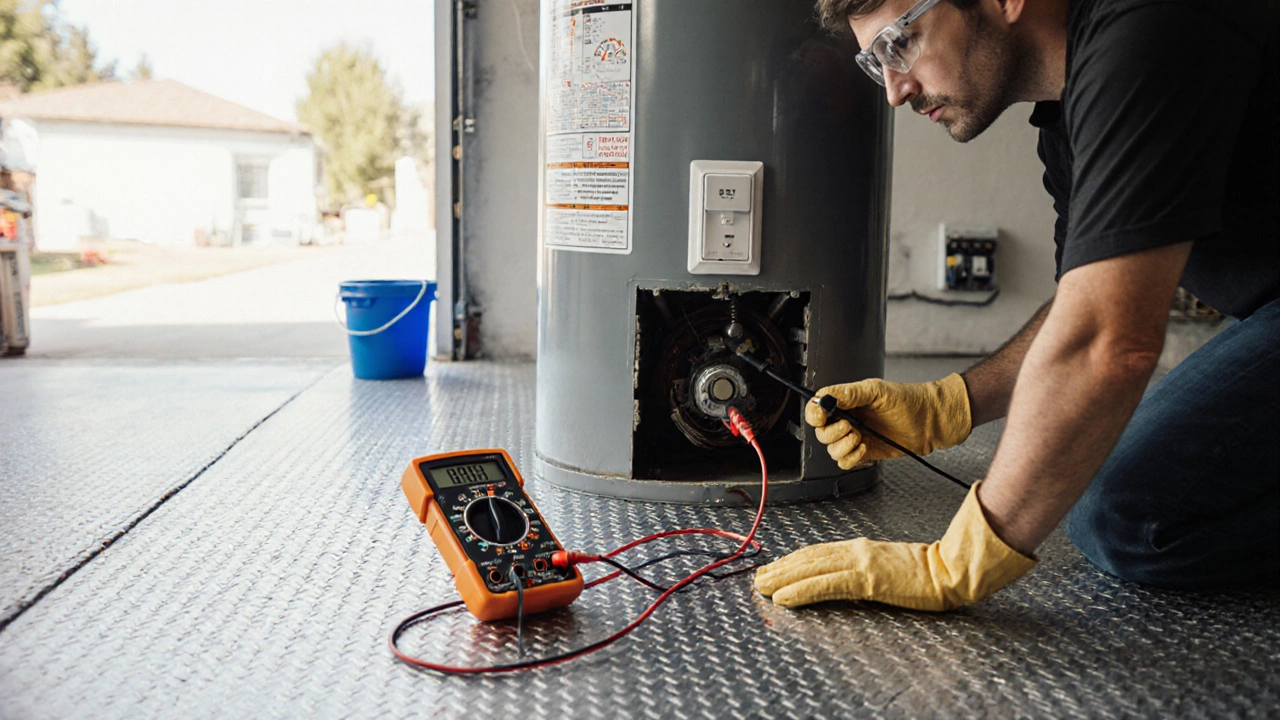
Visual Inspection - Look for Corrosion and Burnt Spots
Even if the multimeter shows the right resistance, a visual check can reveal hidden problems. Pull the element out (if it’s a screw‑in type) and examine it for:
- Scale buildup that can insulate the coil and reduce heating efficiency.
- Blackened or melted spots - a sign of overheating.
- Cracks or broken threads that could cause leaks.
Any of these conditions usually means it’s time for a new element.
Don’t Forget the Supporting Parts
The element rarely works in isolation. A faulty thermostatthe temperature‑sensing device that tells the element when to heat can masquerade as a bad element. Likewise, a tripped high‑limit switcha safety device that shuts off power if water gets too hot or a malfunctioning GFCIGround Fault Circuit Interrupter that protects against electric shock can cause similar symptoms.
Quick checks:
- Thermostat: Use the multimeter to verify continuity across its terminals; replace if out of spec.
- High‑limit switch: It should click when you manually toggle it; no click usually means it’s failed.
- GFCI: Press the “test” button; if it doesn’t trip, the device may need replacement.
When to Replace the Element vs. Call a Pro
If the resistance test reads bad, visual inspection shows damage, or the element is older than 8‑10years, swap it out yourself. Replacement kits are inexpensive - a standard 4500‑watt element costs under $30 in Australia.
Call an electrician or licensed plumber if you encounter any of these situations:
- The heater is hard‑wired behind a wall and you’re not comfortable working with electricity.
- The tank shows signs of severe corrosion or leakage.
- The breaker trips repeatedly even after a new element is installed.
Professional help ensures the job complies with Australian Standards (AS/NZS 3000) and keeps your warranty intact.
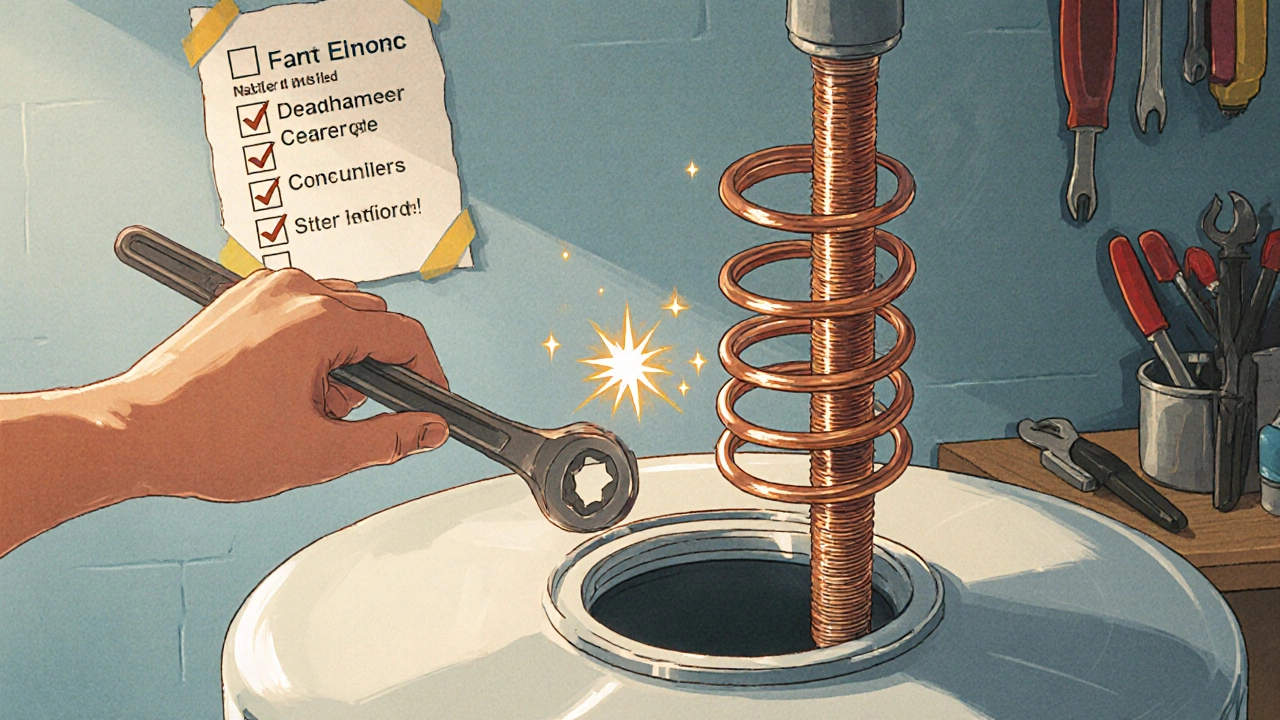
Quick Diagnostic Checklist
- Power off at the breaker and confirm with a tester.
- Drain enough water to expose the element.
- Measure resistance with a multimeter - 10‑30Ω is normal.
- Inspect for scale, burns, or cracks.
- Check thermostat, high‑limit switch, and GFCI for proper operation.
- Replace the element if any test fails, then refill and restore power.
Comparison of Symptoms - Bad Element vs. Other Issues
| Symptom | Likely Bad Element | Other Common Cause |
|---|---|---|
| Water never reaches set temperature | Open or shorted heating coil | Thermostat set too low or failed |
| Breaker trips repeatedly | Shorted element touching tank | Loose wiring or GFCI fault |
| Burning smell | Overheating element | High‑limit switch not engaging |
| Water is cloudy or has rust particles | Corroded element coating | Tank corrosion or anode rod failure |
Final Thoughts
Diagnosing a bad hot water heater element isn’t rocket science - just a systematic check of power, resistance, and visual condition. Armed with a multimeter and a few safety steps, you can restore hot water without waiting for a tradesperson. Keep the checklist handy, and you’ll know exactly when the element needs a swap and when it’s time to call in a pro.
Frequently Asked Questions
How often should I test my water heater element?
A good rule of thumb is to test the element every 3‑4 years, or sooner if you notice any loss of temperature or frequent breaker trips.
Can I replace a water heater element myself in Brisbane?
Yes, as long as you turn off the power at the breaker, follow the safety steps, and use a compatible replacement element. Australian electricity rules require you to work only on a disabled circuit.
What resistance reading indicates a healthy 4500‑watt element?
Typically around 10Ω. Values between 8‑12Ω are acceptable for most 4500‑watt elements.
Why does my breaker trip even though the element measures OK?
A loose connection, a faulty thermostat, or a failing high‑limit switch can draw excess current and cause trips despite a good element.
Do I need to refill the tank slowly after installing a new element?
Fill the tank until water runs clear from the vent, then turn the power back on. This ensures any trapped air is expelled and the element is submerged properly.
